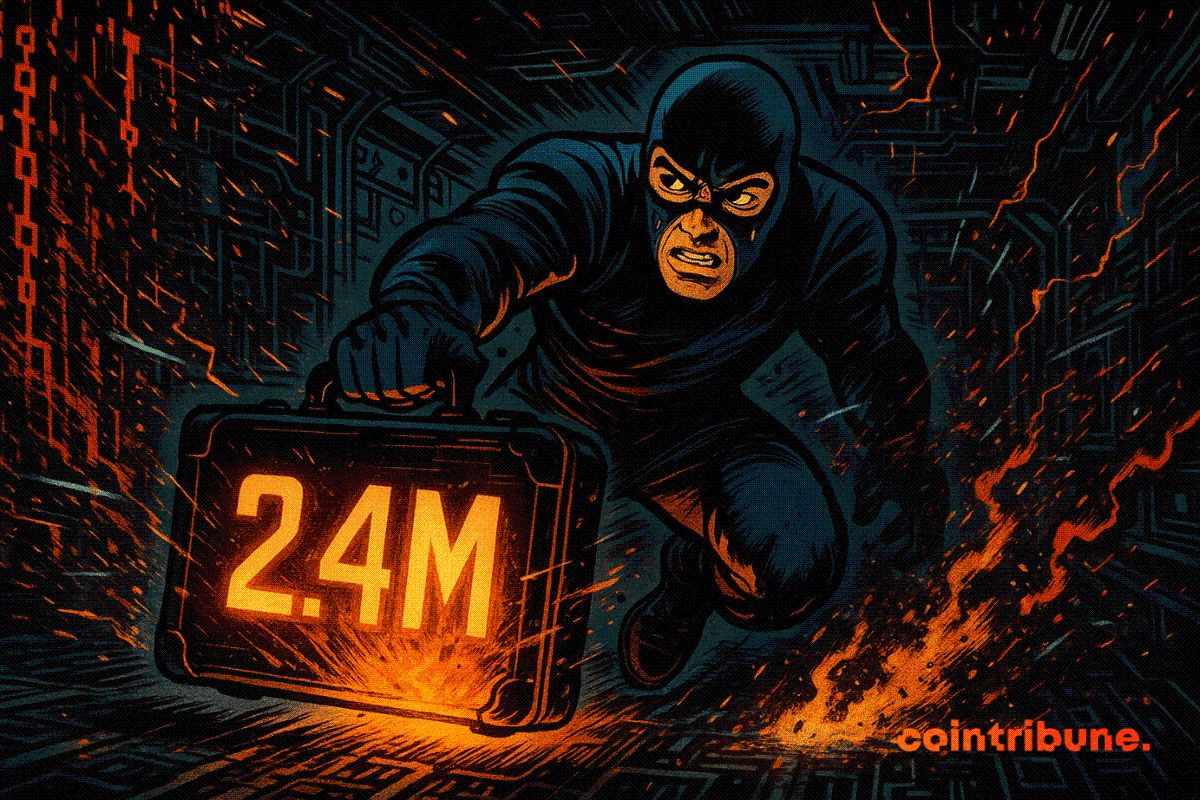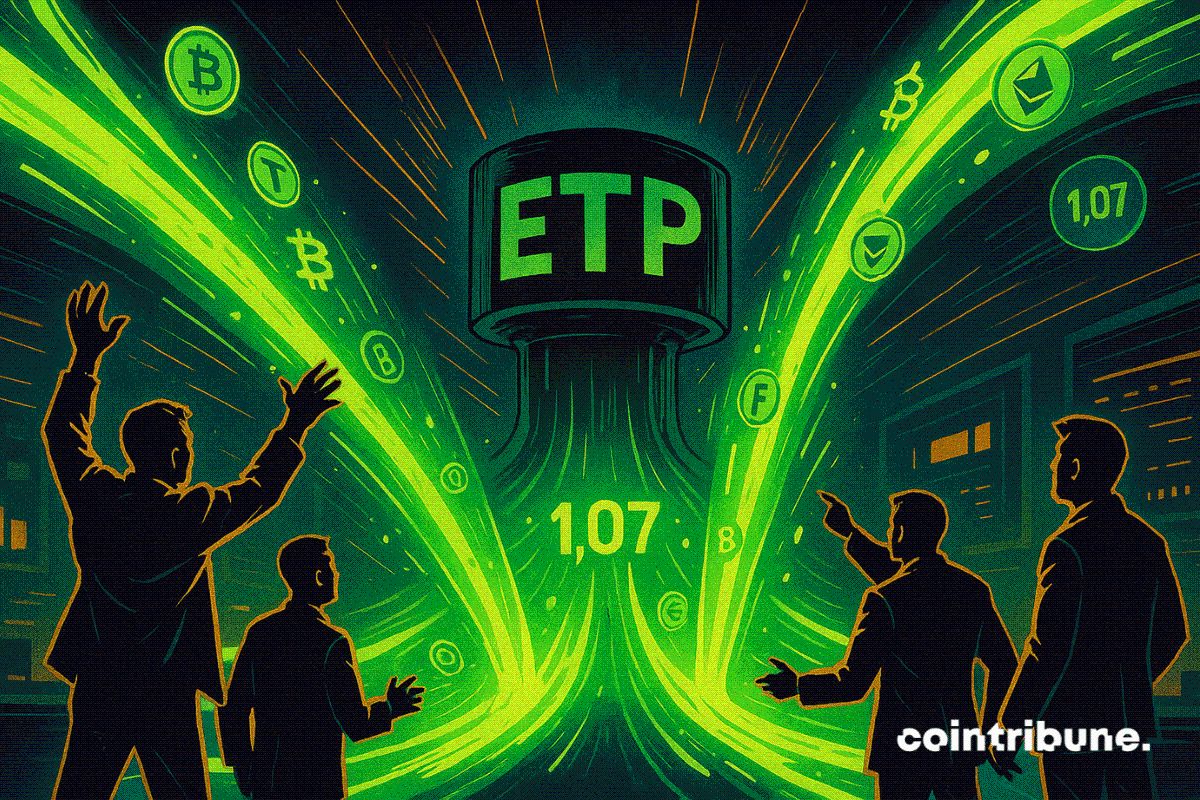India's Automotive Sector at a Policy Inflection Point: Tax Reforms and EV Transition as Catalysts for Growth
- India's automotive sector is accelerating EV transition through 2025-26 budget reforms, doubling EV infrastructure funding to ₹4,000 crore for 72,000 charging stations by 2026. - Maruti Suzuki adjusts EV strategy amid global supply chain disruptions, scaling back e-Vitara production but committing ₹700 billion to Gujarat's EV manufacturing hub with battery localization. - TATA.ev expands charging networks to 30,000 stations by 2027 via Open Collaboration 2.0, addressing reliability issues through .ev ver
India's automotive sector is undergoing a seismic shift, driven by a confluence of aggressive policy reforms and the urgent need to decarbonize transportation. For investors, this represents a rare inflection point where government intervention, corporate strategy, and global megatrends align to create a compelling opportunity in India's next-generation mobility ecosystem. At the heart of this transformation is Maruti Suzuki, the country's largest automaker, which is recalibrating its production and investment strategies in response to both domestic policy incentives and global supply chain disruptions.
Policy Catalysts: Tax Reforms and Budget Allocations
The Union Budget 2025-26 has laid the groundwork for a structural rebalancing of India's automotive sector. By nearly doubling the sector's allocation to ₹7,485 crore—up from ₹4,307 crore in FY24—the government has signaled its intent to accelerate the transition to electric vehicles (EVs). A 114% increase in funding for the PM E-DRIVE scheme, now at ₹4,000 crore, is earmarked for expanding EV charging infrastructure, with a target of 72,000 stations by FY2026. This includes 22,100 fast chargers for cars, 1,800 for e-buses, and 48,400 for two-wheelers, prioritizing urban centers and highway corridors.
Parallel tax reforms are equally transformative. Customs duty exemptions on critical battery inputs like cobalt, lithium-ion waste, and nickel compounds are reducing production costs for domestic manufacturers. The Production-Linked Incentive (PLI) scheme for EV components has received a 713% budgetary boost, incentivizing localization of supply chains. Meanwhile, income tax rebates under Section 80EEB for EV loans—allowing deductions of up to ₹1.5 lakh annually—lower the cost of ownership, making EVs more accessible to middle-income consumers.
Maruti Suzuki's Strategic Realignment: Navigating Supply Chain Challenges
Maruti Suzuki, long dominant in India's small car segment, is recalibrating its EV strategy amid global supply chain headwinds. The company slashed its Q3 2025 production target for the e-Vitara—a critical component of its electrification roadmap—from 26,500 units to 8,200 units due to China's export restrictions on rare earth materials. This two-thirds reduction underscores the fragility of global supply chains for EV components. However, Maruti's long-term vision remains intact: it aims to produce 67,000 e-Vitaras by March 2026, with a focus on exports to Europe and Southeast Asia.
The company's investment in Gujarat's Hansalpur plant—where it is allocating ₹700 billion (approximately $8 billion) over five to six years—highlights its commitment to becoming a global EV manufacturing hub. This includes localizing lithium-ion battery electrode production, a move that reduces dependency on imports and aligns with India's “Make in India” agenda. Maruti's collaboration with Toshiba and Denso to produce hybrid battery cells at its TDS Lithium-Ion Battery plant further strengthens its supply chain resilience.
EV Charging Infrastructure: A Critical Enabler
India's EV charging infrastructure has expanded rapidly, with public stations rising from 12,146 in February 2024 to 29,277 by August 2025. TATA.ev's Open Collaboration Framework has been instrumental, adding 18,000 stations in 15 months through partnerships with oil marketing companies and charge point operators. The government's FAME-II and PM E-DRIVE initiatives are accelerating this growth, with plans to install 22,100 public chargers for four-wheelers by March 2026.
However, challenges persist. Charger reliability and payment fragmentation remain pain points, with 38% of users reporting non-functional units and the need to juggle 17–20 apps for transactions. TATA.ev's “.ev verified” initiative, which rates chargers based on reliability, and its iRA.ev app with UPI integration are steps toward resolving these issues. By 2027, TATA.ev aims to deploy 500 Mega Chargers (120 kW) and scale its network to 30,000 points, supported by its Open Collaboration 2.0 initiative involving OEMs.
Competitive Landscape: Maruti's Position in a Crowded Market
While Maruti faces stiff competition from domestic rivals like Tata Motors and Mahindra & Mahindra, its strategic investments and government-backed incentives position it uniquely. Tata, for instance, is expanding its EV charging network and planning 500 Mega Chargers by 2027, while Mahindra is investing ₹26,000 crore ($3 billion) in its automotive business by 2027, with half allocated to EVs. However, Maruti's global export ambitions—leveraging India as a production base for the e-Vitara—give it a distinct edge. The e-Vitara's launch in Europe and Southeast Asia, coupled with its AWD variants and LFP battery technology, positions it as a competitive offering in international markets.
Investment Implications and Risks
For investors, India's automotive sector offers a dual opportunity: capitalizing on the revival of the small car segment through GST cuts and the rapid growth of the EV market. Maruti's ₹700 billion investment in Gujarat, combined with its localization of battery technology, suggests a long-term commitment to electrification. However, risks remain. Delays in resolving rare earth material shortages, infrastructure gaps in charging networks, and the impending entry of Tesla into the Indian market could disrupt the current trajectory.
The government's focus on self-reliance—through the National Critical Mineral Mission and PLI schemes—mitigates some of these risks by reducing dependency on external suppliers. Investors should also monitor Maruti's ability to scale production of the e-Vitara and its integration into global supply chains.
Conclusion: A Strategic Bet on India's Green Mobility Future
India's automotive sector is at a pivotal juncture, with policy reforms and corporate realignments creating a fertile ground for growth. Maruti Suzuki's strategic pivot to EVs, despite near-term production challenges, underscores its ambition to lead India's transition to sustainable mobility. For investors, the combination of government incentives, infrastructure expansion, and Maruti's global export strategy presents a compelling case. While risks are inherent in any high-growth sector, the alignment of policy, capital, and innovation makes India's next-generation mobility ecosystem a high-conviction opportunity.
Disclaimer: The content of this article solely reflects the author's opinion and does not represent the platform in any capacity. This article is not intended to serve as a reference for making investment decisions.
You may also like
The Ripple Effect: How Macroeconomic Shifts Shape the Crypto Landscape
In Brief Anticipated "altcoin season" postponed to 2025 due to macroeconomic factors. ISM Manufacturing PMI data is a key predictor of altcoin market trends. 2025 tests investor patience, with potential positive shifts forecasted for 2026.

Bitcoin mining is experiencing its worst crisis in 15 years!

Yearn Finance Recovers $2.4M After Hack in an Unprecedented Rescue Mission

Crypto Investors Return As ETP End Bearish Streak
